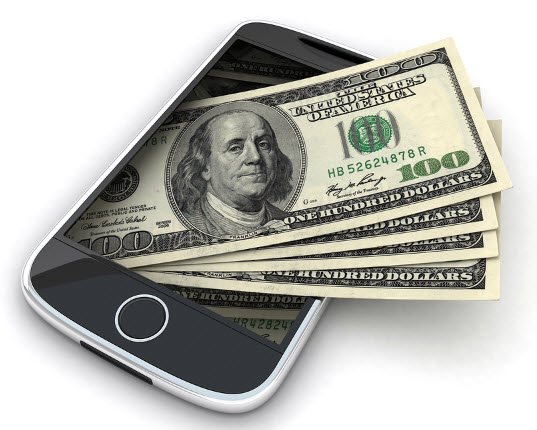The company is in direct competition with some of the largest tech players in the world.
Pebble has revealed, by way of its CEO, 27 year old Eric Migicovsky, that it is focusing on a new open wearable technology platform for its smartwatch, setting it in direct competition with some of the largest companies in the world, including Google and Apple.
Migicovsky was an Innovation Summit keynote speaker and discussed the smartwatch and its future.
This mobile technology has already been making considerable headlines after the smartwatch brought in $10.2 million through a crowdfunding campaign on Kickstarter that was held over thirty days in May 2012. The Palo Alto, California team of 10 employees has since sold tens of thousands of these devices and has carved out a considerable part of this rapidly growing marketplace.
In 2014, alone, there were 400,000 Pebble smartwatch wearable devices sold to consumers.
This year, Pebble anticipates 800,000 smartwatch sales, twice what it achieved last year. The company is now employing 81 people, with 50 at its headquarters in Palo Alto, and the remainder in other locations around the globe.
The Pebble app store was unveiled earlier this year and now includes 2,500 applications for the brand’s smartwatches. This is a major leap forward from a year ago, when the mobile device functions were limited to incoming call and text alerts. The company has recognized the vital importance of the applications and the ecosystem around those mobile apps.
This has led the company to create a serious focus on its wearable technology platform and helping to make certain that it is “what we think is the best possible platform for wearable computing,” Said Migicovsky.
It is designed to be an open platform so that mobile app developers will be able to build upon it. This is a striking direction change for the smartwatch, which had not previously focused on applications. It is also a direct reflection of the company’s intentions to continually evolve and keep up with what this market – which remains in its infancy – wants. The platform itself is cloud enabled, but Migicovsky has explained that the apps use JavaScript coding.


